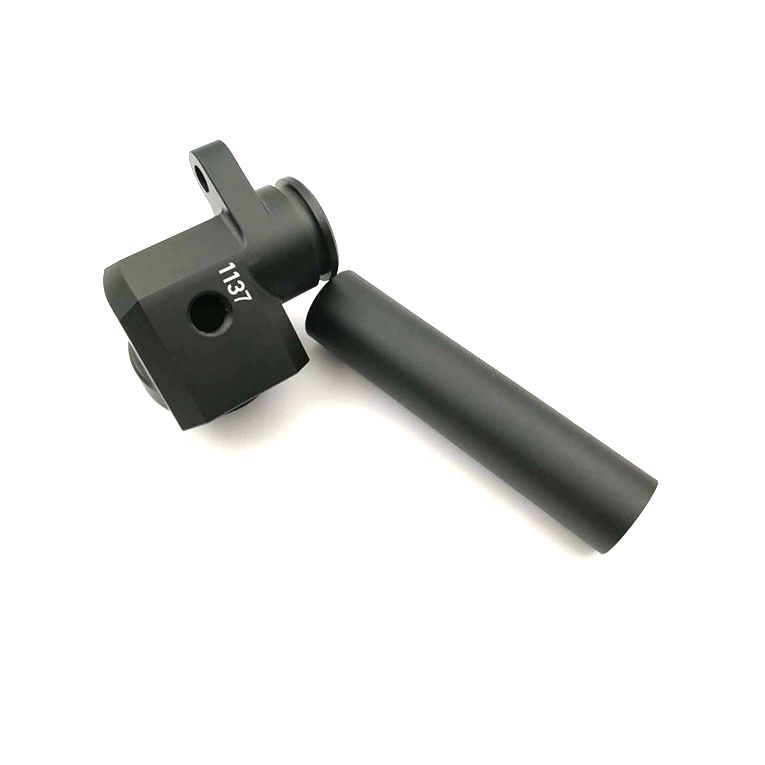
Black anodizing and black oxidation are two distinct surface treatment processes that result in a black appearance on metal surfaces. Despite both methods achieving a black color, they differ in their chemical processes, properties, and applications.
Black anodizing, also known as black anodization, is a type of electrochemical process applied primarily to aluminum and its alloys. The process involves immersing the metal in an electrolytic solution and applying an electric current. This causes a controlled oxidation of the aluminum surface, resulting in the formation of a durable and porous layer of aluminum oxide. The porous structure allows for the absorption of dye or pigments, giving the metal a black color. The black anodized layer provides excellent corrosion resistance and increased hardness, enhancing the metal's wear resistance. Additionally, it maintains the natural metallic luster and allows for post-anodization finishing processes, like laser engraving. Common applications of black anodizing include aerospace components, architectural elements, consumer electronics, and automotive parts.
On the other hand, black oxidation, also referred to as blackening or bluing, is a chemical process applied to a wide range of metals, including steel, stainless steel, copper, and brass. Unlike black anodizing, black oxidation doesn't involve an electrolytic process. Instead, it relies on a chemical reaction with the metal surface. The metal is immersed in a hot alkaline solution or a mixture of various oxidizing agents. This chemical reaction forms a layer of metal oxides on the surface, which absorbs light and gives the metal a black appearance. Unlike anodizing, black oxidation doesn't significantly change the properties of the metal, as it only affects the surface. It provides some degree of corrosion resistance and improves the metal's appearance, but it doesn't offer the same level of protection or hardness as black anodizing. Black oxidation is commonly used in firearm components, hand tools, musical instruments, and decorative items.
In summary, the primary difference between black anodizing and black oxidation lies in the processes and the materials they are suitable for. Black anodizing is specific to aluminum and its alloys, offering enhanced corrosion resistance and hardness, while black oxidation is more versatile and can be applied to various metals, though it only affects the surface appearance without altering the metal's properties significantly. Choosing between the two processes depends on the intended application, material, and desired level of protection and aesthetics. Both methods provide a distinct black finish, making them popular choices in industries where appearance and functionality matter.

Copyright © 2025 Dongguan Yifeng Metal Co., Ltd. | All Rights Reserved